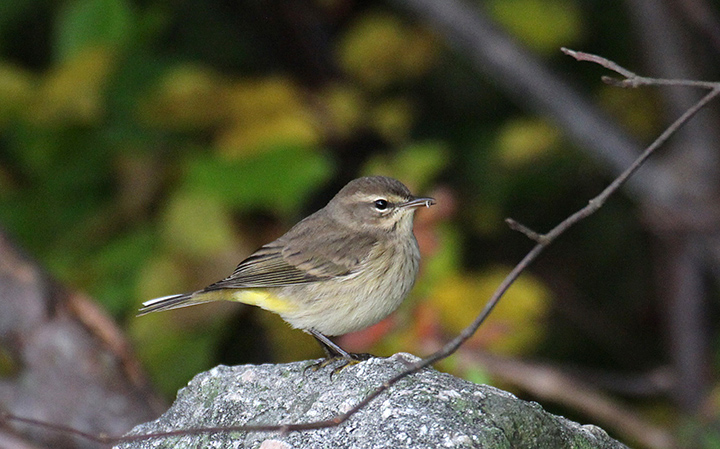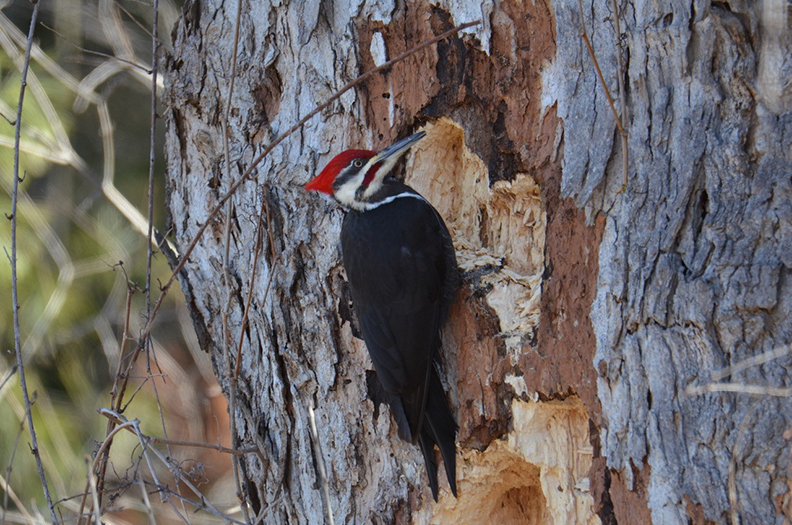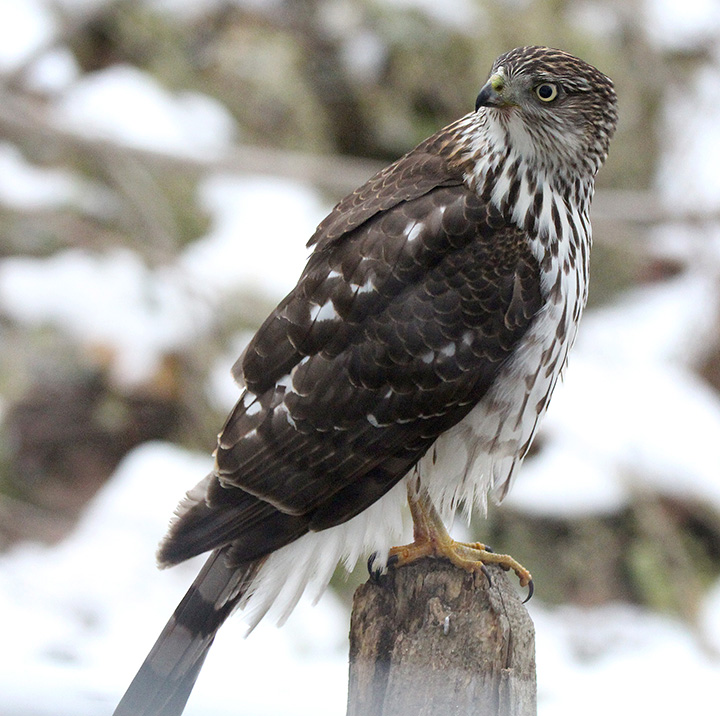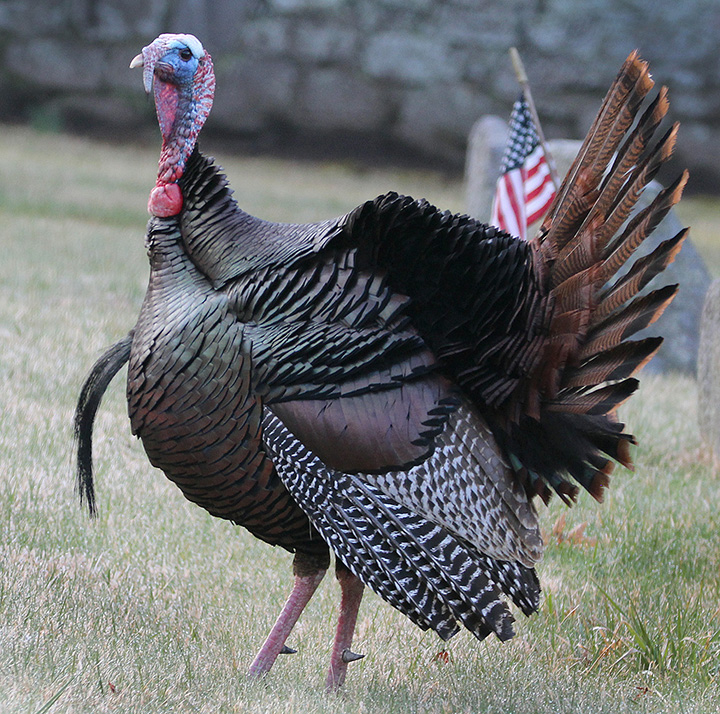Fall Migration

PHOTO: A palm warbler finds a morsel to eat during fall migration.

by Chris Bosak
Weirs Times Columnist
People love fall for a variety of reasons.
Cooler temperatures, Halloween decorations, fall foliage, football, and, of course, pumpkin spice. Everybody claims to hate pumpkin spice, but they wouldn’t make it if people weren’t buying it.
For me, I love fall for the bird migration – obviously. I particularly like finding fall warblers. It is especially rewarding when I stumble across a small flock of fall warblers.
Palm warblers and yellow-rumped warblers are the prime candidates to find in small flocks. Such was the case the other day when I found a group of about a dozen palm warblers eating seeds from the dying weeds and flowers in a meadow.
Large flocks of yellow-rumped warblers are fairly common to come across as well. Just be on the lookout as you never know where you will find them. I have usually found them eating small berries of some sort.
But back to that recent visit to the meadow. The beginning of the walk featured another nice surprise and harbinger of winter. The dominant birds early in the walk were juncos and white-throated sparrows. They are year-round birds in much of New England, but the farther south you go, they are primarily signs of winter – “snowbirds” as they are known.
As I approached the meadow’s edge where it meets the woods, I noticed several small birds jumping off the tops of tall weeds and taking cover in nearby trees. I stopped to observe and the birds eventually came back out to enjoy their fall feast of weed and grass seeds and whatever else they were finding among the dying vegetation.
They were all palm warblers. Warblers in the fall are not as bright and vocal as they are in the spring. Most are in a much more dull plumage, and many look different than they did in the spring. It is one of birding‘s big challenges to identify fall warblers. Most males have shed their breeding plumage and more closely resemble the females. Then you have the first-year birds that are also drably colored.
It is a fun challenge, however, and it is always nice to see the warblers again, particularly the ones that merely passed through during the spring migration and haven’t been seen for several months. The sad flip side of that, of course, is that once they leave for the fall, we will not see them for several more months and those in-between months will be cold and gray.
Fall birding has many other treats to enjoy with hawk watches, the continuation of shorebird migration and the beginning of the waterfowl migration. But, to me, there is nothing quite like a good day outdoors struggling to identify some fall warblers.
Chris Bosak may be reached at chrisbosak26@gmail.com or through his website www.birdsofnewengland.com



